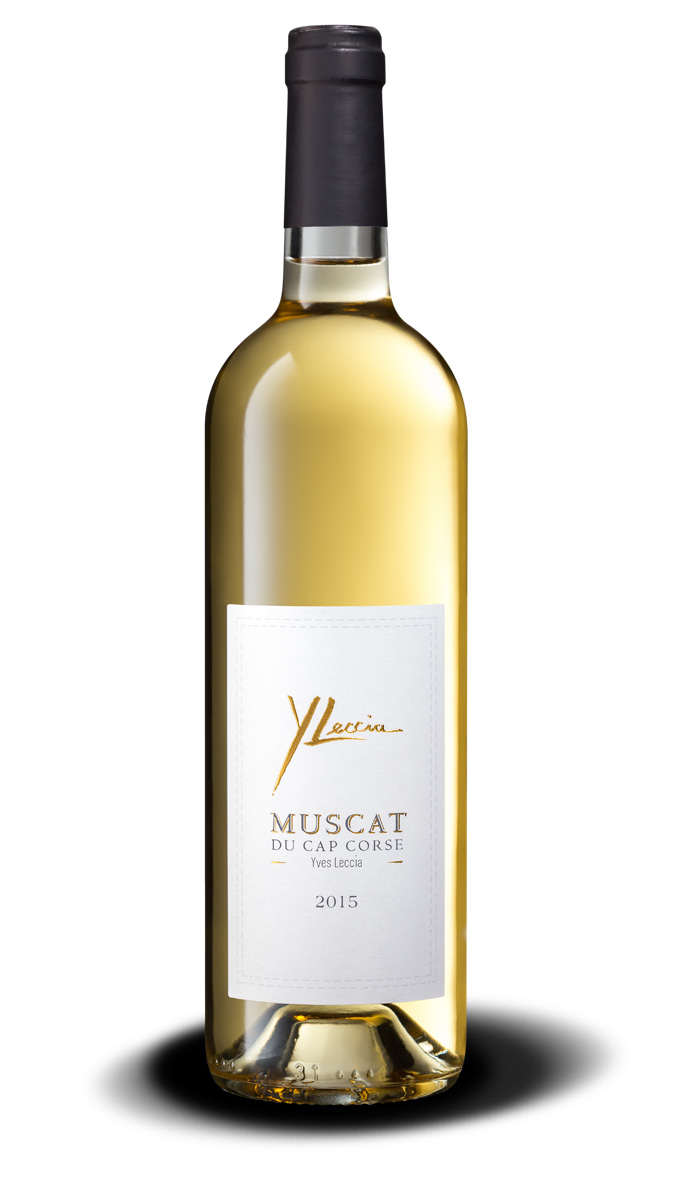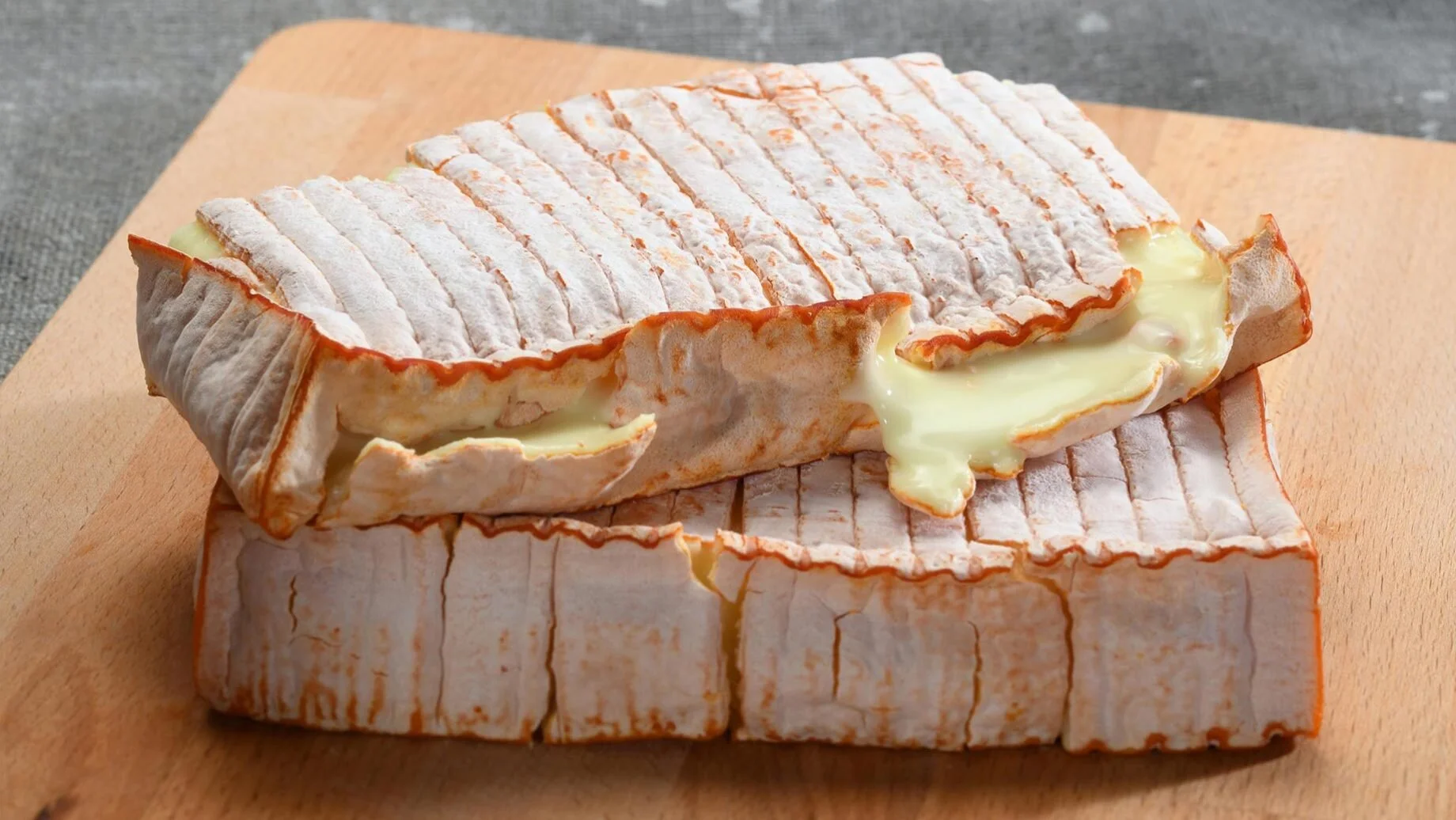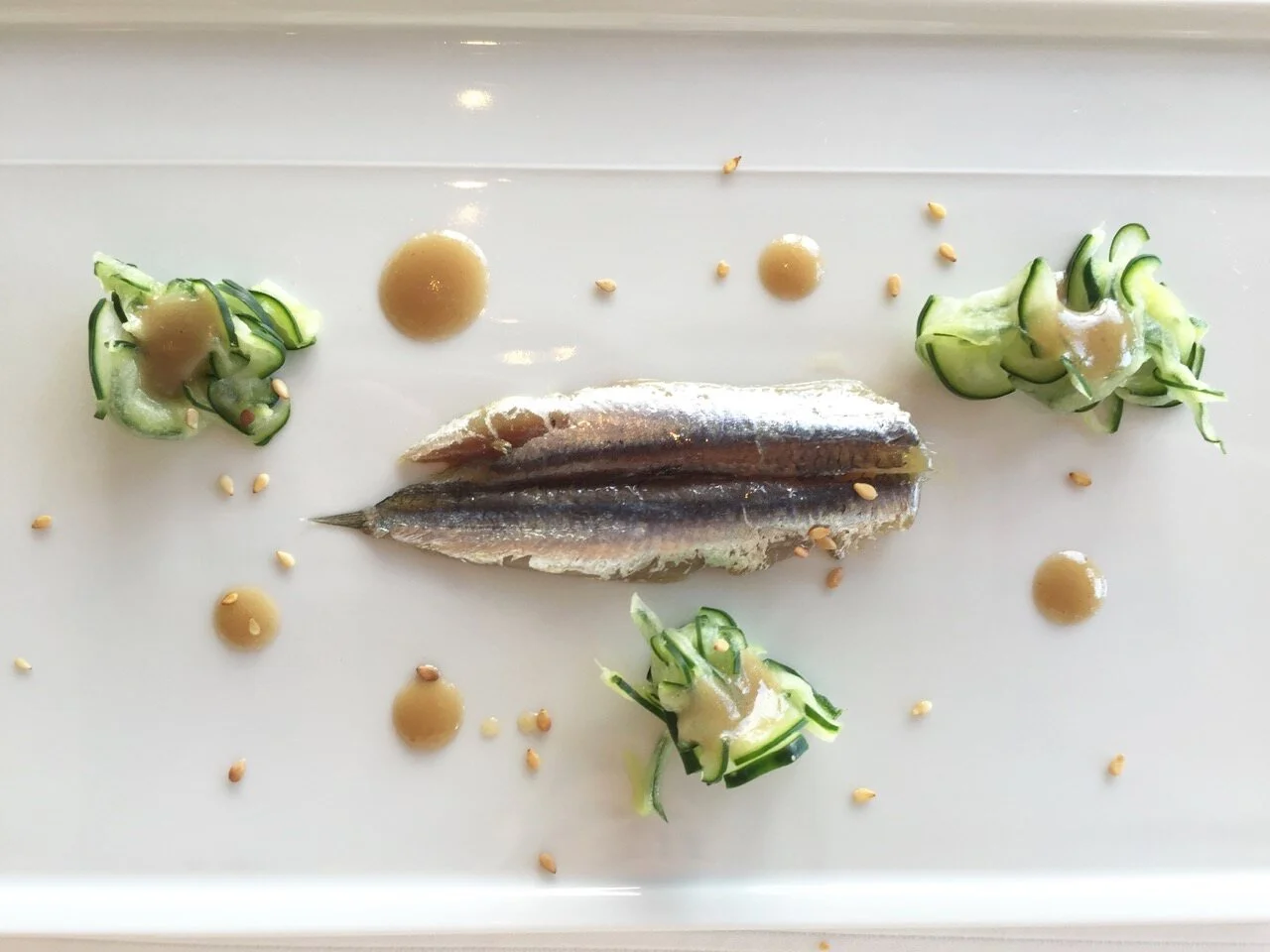Photo: A Filetta
World Cheese Encyclopaedia - Each Sunday learn all about a new cheese.
This week A Filetta from Corsica, France.
Country: Corsica, France 🇫🇷
Region: Isolaccio
Made from: Ewe’s or Goat’s milk
Pasteurised: No
Texture: Smooth, supple, dense
Taste: Milky, mushroomy, herbacious
Certification: No
Aging: 4 – 6 weeks
A filetta means fern in Corsican. A Filetta cheese is an artisanal, unpasteurised Corscian sheep's milk cheese decorated with a sprig of fern, which also gives it its name. The cheese comes from Isolaccio, 45 km south of the town of Bastia.
A Filetta is a semi-soft cheese with a washed orange-colored rind. It has a pungent smell with a touch of fern leaves, the smell is stronger than the taste. Production is made by several small fromgeries and farms, one of which is named « A Filletta ». It is always decorated with a fern leaf.
A filetta has a soft, supple but dense paste enclosed in the orange washed rind. The taste is milky, mushroomy, earthy, and a little sweet with something of the flowery taste of the terrain. The flavour is milder in a young cheese, but gets stronger as the cheese ages. The fat content of A Filetta is 45%.
Affinage takes 4-6 weeks and takes place between mid-October and the end of June. There is also a goat's milk version produced from January until late July.
The cheeses are first shaped using traditional "moulds", and washed with salt water during ripening.
The cheese made from goat's milk is generally stronger in flavour than the sheep's milk varieties.
An application is being made to obtain CDO (Controlled Designation of Origin) certification for Corsican cheeses to safeguard the cultural and gastronomical heritage of the island.
History
Corsica was once known as the île des bergers (shepherd island) and to this day has a strong heritage in sheep and goat rearing. The island has a mountinous lanscape which means the rearing of sheeps and goats was the best use of the terrain. Naturally, the local cheeses were made with goat’s or ewe’s milk.
Cheese has long been an important part of the Corsican diet. Traditionally eaten at the end of a meal, it is also eaten as a “spuntinu” (snack) mid-morning. The mid-morning snack originated with the shepherds who needed to eat something nourishing early in the day as they herded their flocks.
Photo: Yves Leccia Vigneron
The island’s herds feed exclusively on the local scrubland, also called maquis. Coriscans practice flock migration and the island is exceptionally rich in flora and diverse vegetation. This contributes to a very unique tasting and smelling milk. The Corsican use of indigenous breeds and their time-honoured production practices produce unique cheeses, unilke any others found in the Mediterranean.
How to Enjoy It
A Filetta is often enjoyed with local fig jam but can also be very tasty served with a little honey and some good bread. A glass of Muscat du Cap Corse goes very nicely with the earthy flavor of the cheese. For a red wine pairing, try the well known Corsican Patrimonio (made with the local Niellucciu grape) or a Minervois.
Sources: fromages.com cheese.com, ayearinfromage.com, gustidicorsica.com, vanessacouchmanwriter.com, visit-corsica.com, Yves Leccia Vigneron
Looking for a different cheese? Search the whole cheese encyclopaedia here.
Have you always dreamed of becoming a better cook? Now you can with our online video cooking classes

































